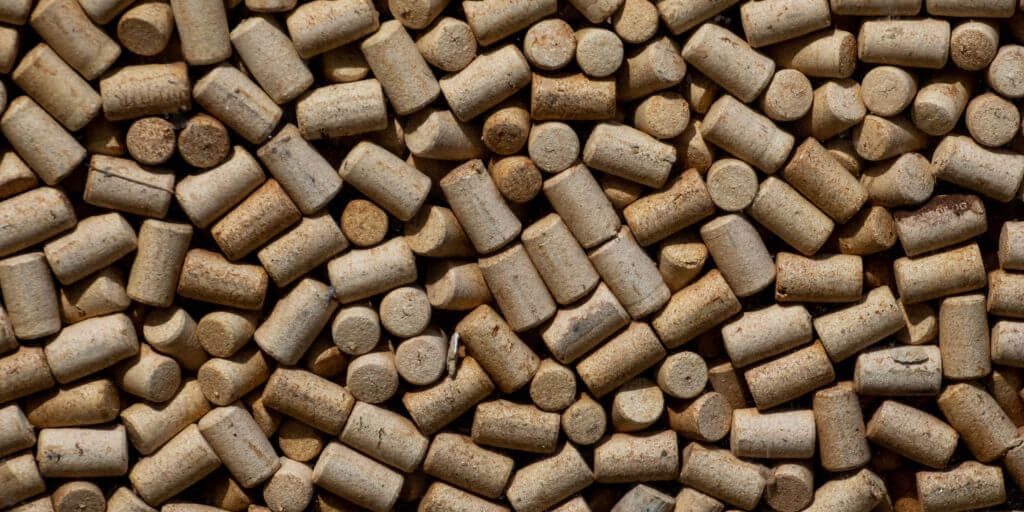
Natural cork comes from the bark of the cork oak (Quercus suber). Although it is
grown all over the world, the majority of cork forests are in Portugal and Western
Europe. Because good husbandry practices are important for the forest’s
sustainability, the cork forests are expanding in these regions. In Portugal, cork is
harvested primarily for natural cork closures. However, some cork trees are grown
for other uses.
Extractors are Used to Harvest Cork
Cork is harvested by using specialized machines called extractors. The cork is
removed by making a vertical and horizontal cut around the cork tree. While
removing the cork, the extractor must ensure that the tree will continue to grow and
produce cork for wine bottles. The process of harvesting cork for wine bottles is a
delicate one, requiring great care and expertise to avoid damaging the tree or the
cork.
Harvesting cork requires specific forest management practices and techniques
called subericulture. Harvesting takes place between early May and late August. The
trees are cut down manually and a skilled extractor uses a specialized axe to split
and peel off the outer bark of the cork tree. The cork is separated into planks, which
are then sorted by quality. The highest-quality cork is used to make wine bottle
stoppers, while the lower-quality cork is used to make other items.
Female Cork
Cork is a renewable resource and the first growth of cork oak trees doesn’t produce
a decent quality cork for about 40 years. Once the tree reaches maturity, it can be
harvested once every nine years, and the saplings that grow back afterward are
planted to continue the cork forest. The first harvest typically produces a cork of low
quality and is therefore only suitable for basic cork products. Cork is then separated
into two types: female and male. In order to distinguish the difference between the
two, a woman must wear a cork hat while she harvests the wood.
During the harvesting process, men and women climb the tree and collect the cork
from the soil. They then bring the cork to a tractor. The women mark the cork oak
trees by marking the years that they are harvested. This way, the number of
harvests can be controlled. One woman is responsible for making sure that all
members of the team drink plenty of water throughout the harvesting process.
Depending on how much cork the women collect, the entire process takes about
three decades.
Compound Agglomerated Cork
The production of compound agglomerated cork for wine bottle tops requires a
patented process to convert waste materials into composite agglomerates. This
process uses organic solvents or laccase mediators to modify lignin reactivity. Upon
completion, the composite agglomerates are stacked to allow air circulation and
then allowed to season. The final product is similar to a natural cork but has superior
qualities.
Another alternative to natural corks is a synthetically manufactured one. Compound
agglomerated cork is made from compressed cork granules and glue. It offers a
tighter seal than a natural cork but may allow some seepage of wine. It should not
be used to replace a high-quality natural cork. The price difference between the two
types is quite minimal.
A natural cork is the highest-grade material. A compound agglomerated cork is
made by fusing together several smaller pieces of cork bark. The process is much
simpler than manufacturing a natural cork from thin cork bark. In contrast, technical
corks are made from tiny pieces of cork that are welded together. This allows the
cork industry to get more out of the cork’s raw materials.
Recycled Cork
The process of recycling cork for wine bottles is becoming more widespread, but
there are still many hurdles to overcome. First, the cork itself is not recyclable; it is
attached to another material, such as a wine bottle or a screwcap. Therefore, it
should be thrown away instead. However, there are several cork recycling
companies out there that do this for free. These companies will collect your corks
and turn them into products. The two largest cork recycling companies are ReCork
and Cork Forest Conservation Alliance. You can also join the Cork Club to donate
your old corks.
If you aren’t into crafting, you can use used wine corks to create a variety of crafts.
For example, you can carve out heart shapes or flowers using corks. Another fun
craft idea involves making cork trivets or using them as coasters. You can also use
recycled corks as accent pieces in your home by attaching them to a round piece of
cardboard.


